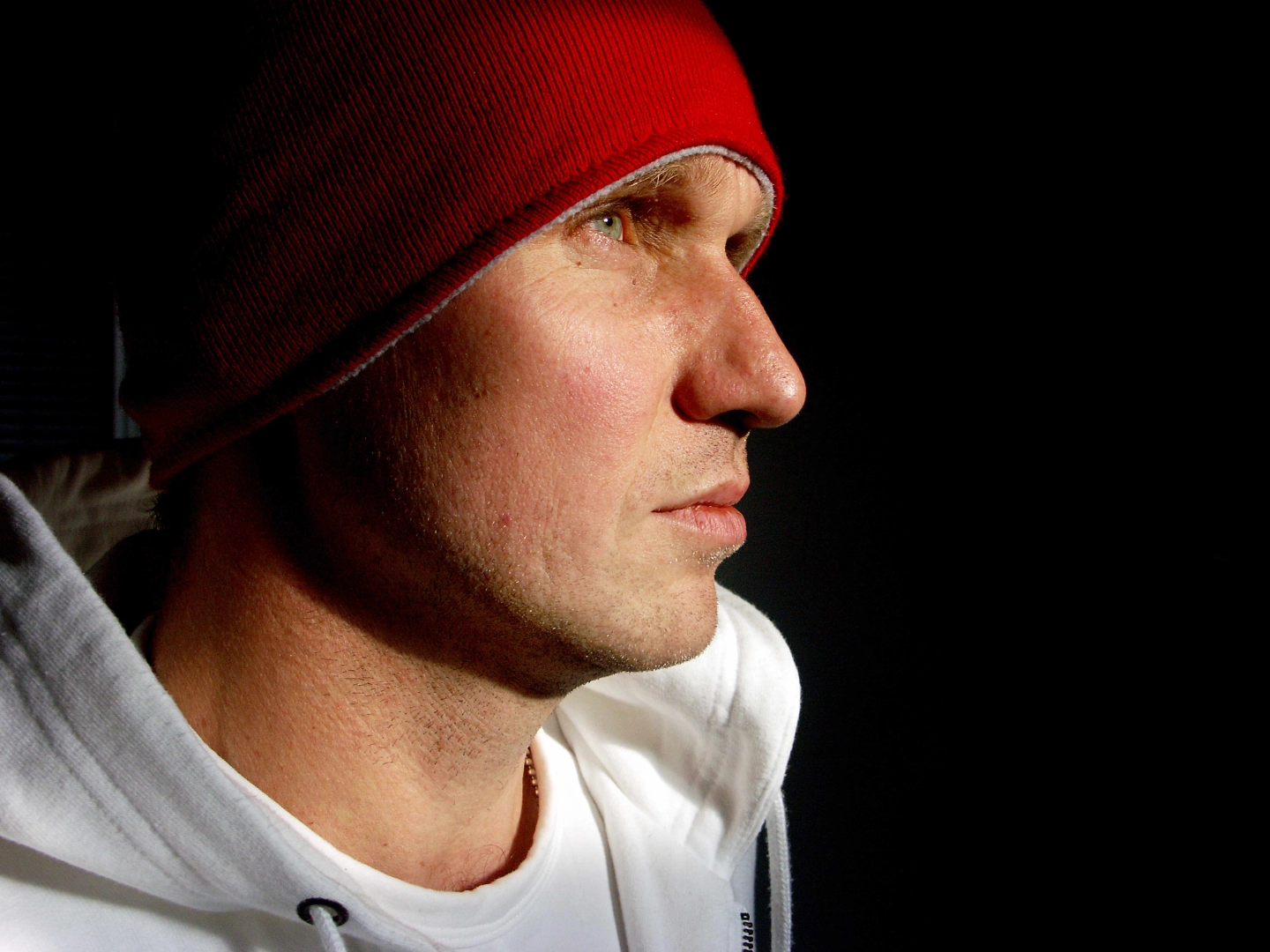Meeting Zdeněk Sýkora on that Friday, July 24, 1998, was a momentous occasion for me. I regarded it as a true privilege. Sýkora was a world-renowned pioneer of computer-assisted art. Visiting him in Louny—his birthplace, home, and studio—was almost a rite of passage for art historians and curators from top international institutions, not to mention a real pleasure. He was a fascinating conversationalist and a gracious host. Anyone who met him carried that experience for life. At the time, Zdeněk was seventy-eight and I was thirty-two. He exuded a confidence that comes from knowing one’s worth—both inner strength and physical vitality. Despite his age, he was in remarkable shape, far from what you'd expect from someone nearing eighty.
.jpg)
During our conversation, we talked about his love of sports. I had noticed a sleek road bike in the hallway, which prompted me to ask. What he shared with me revealed a lot about his character—insights I had never heard before. He told me how he used to play hockey for Louny well into his later years. “I’d paint during the day and play a match in the evening. I loved the physical exertion; it relaxed me. But more importantly, hockey helped me conquer my fears,” he reflected, adding after a brief pause, “I was never scared. Sports are crucial. I can’t stand people who look down on them and are even proud of that attitude. Sports clear your head. I saw how some of my artist friends—those introverts who despised physical activity—aged faster.”
His words resonated with me. He articulated something I had long felt but had never heard so clearly, especially not from an artist of his stature. After that, I became deeply involved in capturing sports themes in my work. It was Sýkora who opened that door for me.
Though Sýkora didn’t directly depict sports in his art, sports were central to his life. They provided a counterbalance to the quiet, introspective world of the studio. Whenever he needed a mental shift or to blow off steam, he had plenty of options—he was incredibly versatile. Besides cycling and hockey, he also skied. When the snow fell, he would hop in his car and head to the Ore Mountains to carve down their steep slopes with precision.
.jpg)
He was also intrigued by new trends. In this respect, his interest in water skiing was particularly noteworthy. He took it up relatively late in life, in his fifties. He’d be towed behind a motorboat, cutting across the water with the same ease and grace as he did on the ski slopes in Moldava. He pursued this modern sport mainly in the 1970s on the Nechranice Reservoir, just forty kilometers west of Louny. Photos show him mastering the water with skill and a keen attention to detail—dressed in a wetsuit to soften the impact of any falls, much like a scene from a James Bond movie. But unlike 007, Sýkora was also a painter.
Water, much like time, is never the same—perhaps that’s part of its symbolic allure. Everything Sýkora did in sports was about finding and mastering balance within dynamic movement. As he said, sports helped him conquer his fears. He was fearless. But this courage was in his genes, inherited from his parents and grandparents. It had to be. Otherwise, he wouldn’t have dared to dive headfirst from a truss bridge into the Ohře River. There’s a photo of this impressive feat from the 1930s when Zdeněk was a student at the local gymnasium. Even climbing up must have required agility and strength.
.jpg)
Taking that plunge was a moment of truth—reckless, youthful, but admirable. We never know what awaits us when we hit the water. This dive foreshadowed the bold leaps he would take later in life. Sýkora often ventured into uncharted territories while staying connected to his roots and the landscape he always returned to. I think about that often, especially in summer, and not just because of our conversation back then. Recently, on July 11, it was thirteen years since he passed away, but Zdeněk Sýkora’s legacy remains alive. Every summer, a symposium is held in Počedělice where artists paint en plein air in places connected to the master. It’s like a steel frame of a painting—a unique monument through which we see what Zdeněk observed and sought to capture. If you go there, you can try it out yourself. Just bring a canvas, an easel, and some paints. Or simply a camera.
.jpg)
You can read more of Petr Volf's insights from the world of art and sports here.





